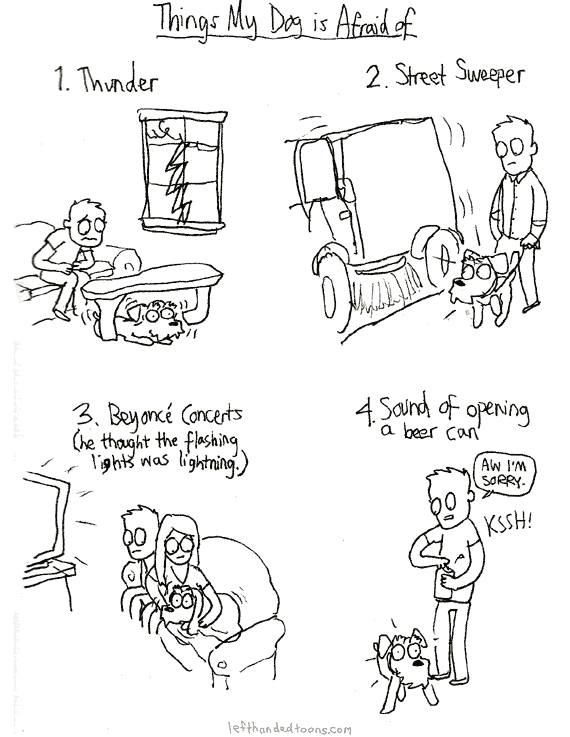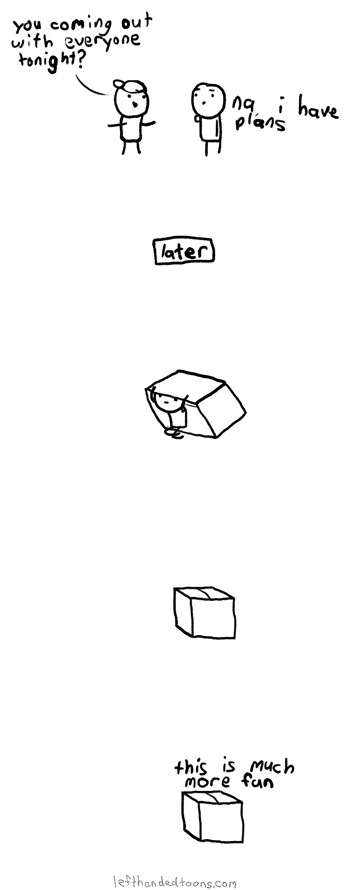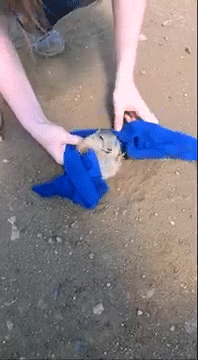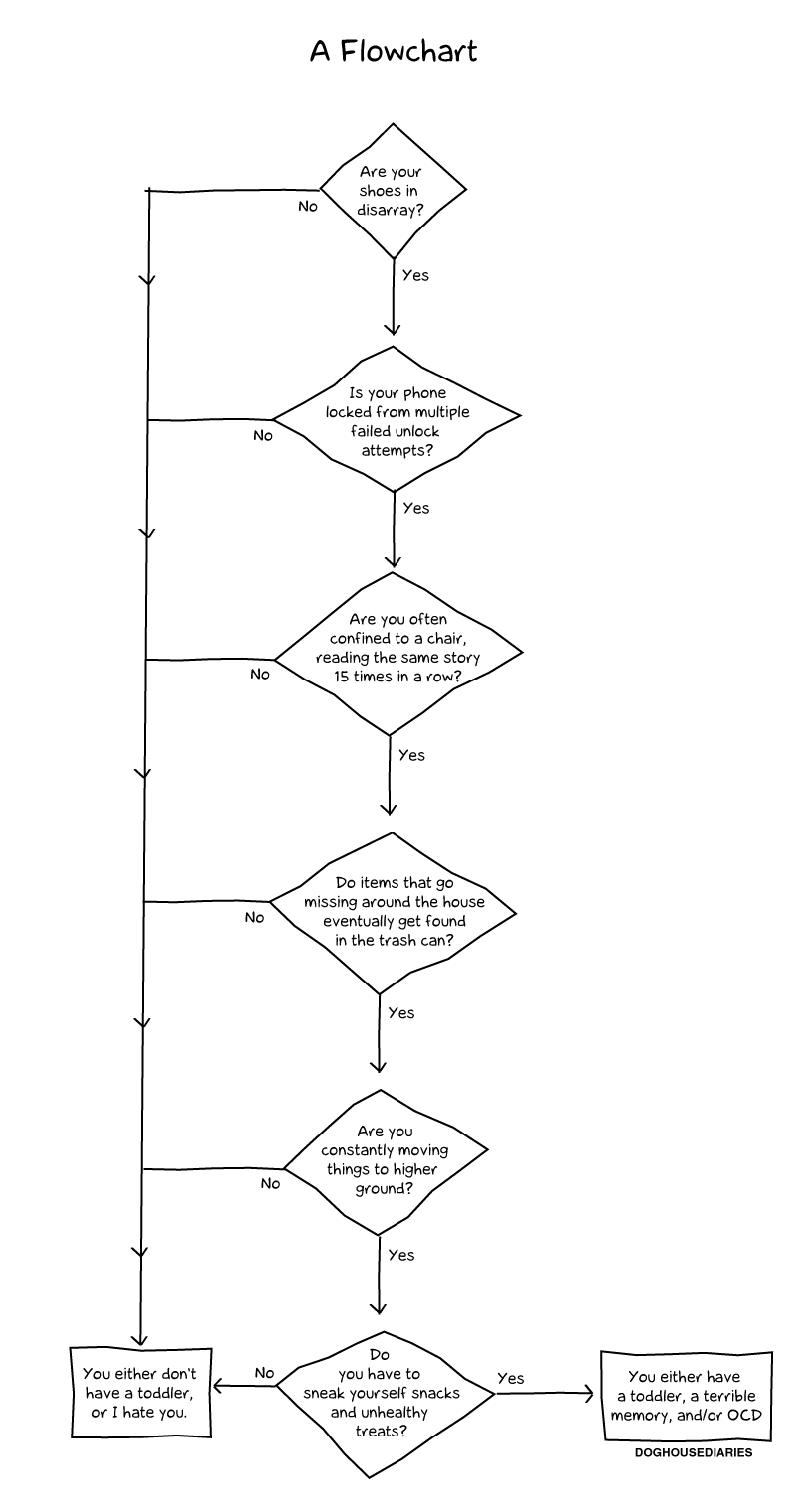January 28, 2017
MEMORANDUM FOR THE VICE PRESIDENT
THE SECRETARY OF STATE
THE SECRETARY OF THE TREASURY
THE SECRETARY OF DEFENSE
THE ATTORNEY GENERAL
THE SECRETARY OF AGRICULTURE
THE SECRETARY OF HEALTH AND HUMAN SERVICES
THE SECRETARY OF TRANSPORTATION
THE SECRETARY OF COMMERCE
THE SECRETARY OF ENERGY
THE SECRETARY OF HOMELAND SECURITY
THE ASSISTANT TO THE PRESIDENT AND CHIEF OF STAFF
THE ASSISTANT TO THE PRESIDENT AND CHIEF STRATEGIST
THE DIRECTOR OF THE OFFICE OF MANAGEMENT AND BUDGET
THE REPRESENTATIVE OF THE UNITED STATES TO THE
UNITED NATIONS
THE UNITED STATES TRADE REPRESENTATIVE
THE CHAIR OF THE COUNCIL OF ECONOMIC ADVISERS
THE CHAIRMAN OF THE BOARD OF GOVERNORS OF THE
FEDERAL RESERVE SYSTEM
THE DIRECTOR OF NATIONAL INTELLIGENCE
THE DIRECTOR OF THE CENTRAL INTELLIGENCE AGENCY
THE CHAIRMAN OF THE JOINT CHIEFS OF STAFF
THE ASSISTANT TO THE PRESIDENT FOR NATIONAL
SECURITY AFFAIRS
THE ASSISTANT TO THE PRESIDENT FOR HOMELAND
SECURITY AND COUNTERTERRORISM
THE ASSISTANT TO THE PRESIDENT FOR ECONOMIC
POLICY
THE ASSISTANT TO THE PRESIDENT
FOR TRADE AND MANUFACTURING POLICY
THE ASSISTANT TO THE PRESIDENT FOR
INTRAGOVERNMENTAL AND TECHNOLOGY INITIATIVES
THE Deputy Assistant to the President and
National Security Advisor to the Vice President
THE COUNSEL TO THE PRESIDENT
THE ADMINISTRATOR OF THE UNITED STATES AGENCY FOR
INTERNATIONAL DEVELOPMENT
THE ADMINISTRATOR OF THE NATIONAL AERONAUTICS AND
SPACE ADMINISTRATION
THE CHAIRMAN OF THE NUCLEAR REGULATORY COMMISSION
THE DIRECTOR OF THE FEDERAL BUREAU OF
INVESTIGATION
THE DIRECTOR OF THE OFFICE OF SCIENCE AND
TECHNOLOGY POLICY
THE DIRECTOR OF NATIONAL DRUG CONTROL POLICY
THE CHAIRMAN OF THE PRESIDENT'S INTELLIGENCE
ADVISORY BOARD
THE ADMINISTRATOR OF THE FEDERAL EMERGENCY
MANAGEMENT AGENCY
THE ARCHIVIST OF THE UNITED STATES
Organization of the National Security Council and the Homeland Security Council
As President, my highest priority is to ensure the safety and security of the American people. In order to advise and assist me in executing this solemn responsibility, as well as to protect and advance the national interests of the United States at home and abroad, I hereby direct that my system for national security policy development and decision-making shall be organized as follows:
-
The National Security Council, the Homeland Security Council, and Supporting Staff
The National Security Act of 1947, as amended, established the National Security Council (NSC) to advise the President with respect to the integration of domestic, foreign, and military policies relating to the national security. There is also a Homeland Security Council (HSC) -- established through Executive Order 13228 of October 8, 2001, and subsequently codified in the Homeland Security Act of 2002 -- that has the purpose of advising the President on matters pertaining to homeland security. Each Council is also responsible for the effective coordination of the security-related activities and functions of the executive departments and agencies.
The security threats facing the United States in the 21st century transcend international boundaries. Accordingly, the United States Government's decision-making structures and processes to address these challenges must remain equally adaptive and transformative. Both Councils are statutory bodies that the President will continue to chair. Invitations to participate in specific Council meetings shall be extended to those heads of executive departments and agencies, and other senior officials, who are needed to address the issue or issues under consideration. When the President is absent from a meeting of either Council, the Vice President may preside at the President's direction.
The Assistant to the President for National Security Affairs (National Security Advisor) and the Assistant to the President for Homeland Security and Counterterrorism (Homeland Security Advisor) shall be responsible, as appropriate and at the President's direction, for determining the agenda for the NSC or HSC, respectively, ensuring that the necessary papers are prepared, and recording Council actions and Presidential decisions in a timely manner. When international economic issues are on the agenda of the NSC, the National Security Advisor and the Assistant to the President for Economic Policy shall perform these tasks in concert.
The NSC and HSC shall have as their regular attendees (both statutory and non-statutory) the President, the Vice President, the Secretary of State, the Secretary of the Treasury, the Secretary of Defense, the Attorney General, the Secretary of Energy, the Secretary of Homeland Security, the National Security Advisor, the Homeland Security Advisor, and the Representative of the United States to the United Nations. When international economic issues are on the agenda of the NSC, the NSC's regular attendees will include the Secretary of Commerce, the United States Trade Representative, and the Assistant to the President for Economic Policy. The Director of National Intelligence and the Chairman of the Joint Chiefs of Staff, as statutory advisers to the NSC, shall also attend NSC meetings. The Assistant to the President and Chief of Staff, the Assistant to the President and Chief Strategist, the Counsel to the President, the Deputy Counsel to the President for National Security Affairs, and the Director of the Office of Management and Budget are invited as attendees to any NSC meeting.
In addition to the NSC and HSC, there is also a single NSC staff within the Executive Office of the President that serves both the NSC and HSC. The staff is composed of regional, issue-focused, and functional directorates and headed by a single civilian Executive Secretary, pursuant to 50 U.S.C. 3021, who is also the Chief of Staff. All policy and staff activity decisions will be transmitted to the Executive Secretary for appropriate distribution and awareness. The purpose of the NSC staff is to advise me, the National Security Advisor, the Homeland Security Advisor, the NSC members, the HSC members, and others in the White House; to facilitate the implementation of Administration policy; and to help coordinate the national-security-related activities of the executive departments and agencies.
-
The Principals Committee
The Principals Committee (PC) shall continue to serve as the Cabinet-level senior interagency forum for considering policy issues that affect the national security interests of the United States. The PC shall be convened and chaired by the National Security Advisor or the Homeland Security Advisor, as appropriate, in consultation with the appropriate attendees of the PC. The Chair shall determine the agenda in consultation with the appropriate committee members, and the Executive Secretary shall ensure that necessary papers are prepared and that conclusions and decisions are communicated in a timely manner. Invitations to participate in or attend a specific PC shall be extended at the discretion of the National Security Advisor and the Homeland Security Advisor, and may include those Cabinet-level heads of executive departments and agencies, and other senior officials, who are needed to address the issue under consideration.
The PC shall have as its regular attendees the Secretary of State, the Secretary of the Treasury, the Secretary of Defense, the Attorney General, the Secretary of Homeland Security, the Assistant to the President and Chief of Staff, the Assistant to the President and Chief Strategist, the National Security Advisor, and the Homeland Security Advisor. The Director of National Intelligence and the Chairman of the Joint Chiefs of Staff shall attend where issues pertaining to their responsibilities and expertise are to be discussed. The Counsel to the President, the Deputy Counsel to the President for National Security Affairs, and the Director of the Office of Management and Budget may attend all PC meetings.
The Assistant to the President and Deputy National Security Advisor (Deputy National Security Advisor), the Deputy Assistant to the President and National Security Advisor to the Vice President, and the Executive Secretary (who shall serve as the Executive Secretary of the PC) shall attend all of the meetings of the PC, and the Representative of the United States to the United Nations and the Assistant to the President for Intragovernmental and Technology Initiatives may attend as appropriate.
When international economic issues are on the agenda of the PC, the Committee's regular attendees will include the Secretary of Commerce, the United States Trade Representative, and the Assistant to the President for Economic Policy (who shall serve as Chair for agenda items that principally pertain to international economics).\
-
The Deputies Committee
The Deputies Committee (DC) shall continue to serve as the senior sub-Cabinet interagency forum for consideration of, and where appropriate, decision-making on, policy issues that affect the national security interests of the United States. The DC shall be convened and chaired by the Deputy National Security Advisor or the Deputy Assistant to the President and Deputy Homeland Security Advisor (Deputy Homeland Security Advisor), as appropriate. The Chair shall determine the agenda in consultation with the regular DC members, and the Executive Secretary shall ensure that necessary papers are prepared and that conclusions and decisions are communicated in a timely manner. Invitations to participate in or attend a specific DC meeting shall be extended by the Chair to those at the Deputy or Under Secretary level of executive departments and agencies, and to other senior officials, who are needed to address the issue under consideration.
The DC shall have as its regular members the Deputy Secretary of State, the Deputy Secretary of the Treasury, the Deputy Secretary of Defense, the Deputy Attorney General, the Deputy Secretary of Homeland Security, the Deputy Director of the Office of Management and Budget, the Deputy Director of National Intelligence, the Vice Chairman of the Joint Chiefs of Staff, the Deputy Assistant to the President and National Security Advisor to the Vice President, the Deputy National Security Advisor, the Deputy Homeland Security Advisor, and the Administrator of the United States Agency for International Development.
The Executive Secretary shall attend the DC meetings. The Deputy Counsel to the President for National Security Affairs may attend all DC meetings. The relevant Deputy Assistant to the President for the specific regional and functional issue under consideration shall also be invited to attend. Likewise, when and where appropriate, the Deputy Assistant to the President for Strategic Planning, the Deputy Assistant to the President for Strategic Communication, the Deputy Assistant to the President for International Economic Affairs, the Deputy Assistant to the President for Transnational Issues, and the Deputy Representative of the United States to the United Nations, shall also be invited to attend. Other senior officials shall be invited where appropriate.
The DC shall review and monitor the work of the interagency national security process, including the interagency groups established pursuant to section D below. The DC shall help to ensure that issues brought before the NSC, HSC, and PC have been properly analyzed and prepared for decision. The DC shall also focus significant attention on monitoring the implementation of policies and decisions and shall conduct periodic reviews of the Administration's major national security and foreign policy initiatives. The DC is responsible for establishing Policy Coordination Committees (PCCs) and for providing objectives and clear guidance.
-
Policy Coordination Committees
Management of the development and implementation of national security policies by multiple executive departments and agencies typically shall be accomplished by the PCCs, with participation primarily occurring at the Assistant Secretary level. As the main day-to-day fora for interagency coordination of national security policies, the PCCs shall provide policy analysis for consideration by the more senior committees of the national security system and ensure timely responses to the President's decisions.
Regional and issue-related PCCs shall be established at the direction of the DC. Members of the NSC staff (or National Economic Council staff, as appropriate) will chair the PCCs; the DC, at its discretion, may add co-chairs to any PCC. The PCCs shall review and coordinate the implementation of Presidential decisions in their respective policy areas. The Chair of each PCC, in consultation with the Executive Secretary, shall invite representatives of other executive departments and agencies to attend meetings of the PCC where appropriate. The Chair of each PCC, with the agreement of the Executive Secretary, may establish subordinate working groups to assist that PCC in the performance of its duties.
An early meeting of the DC will be devoted to establishing the PCCs, determining their memberships, and providing them with mandates and strict guidance. Until the DC has established otherwise, the existing system of Interagency Policy Committees shall continue.
-
General
The President and the Vice President may attend any and all meetings of any entity established by or under this memorandum.
This document is part of a series of National Security Presidential Memoranda that shall replace both Presidential Policy Directives and Presidential Study Directives as the instrument for communicating relevant Presidential decisions. This memorandum shall supersede all other existing Presidential guidance on the organization or support of the NSC and the HSC. With regard to its application to economic matters, this document shall be interpreted in concert with any Executive Order governing the National Economic Council and with Presidential Memoranda signed hereafter that implement either this memorandum or that Executive Order.
The Secretary of Defense is hereby authorized and directed to publish this memorandum in the Federal Register.
DONALD J. TRUMP
# # #






















